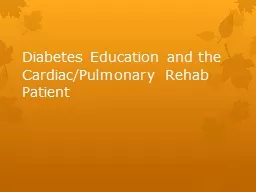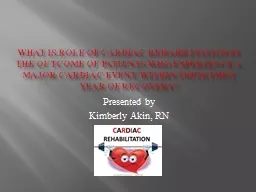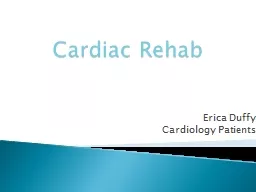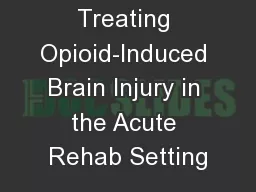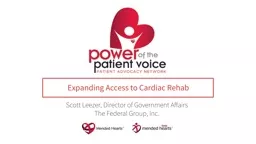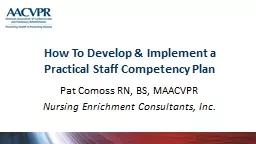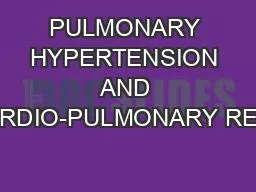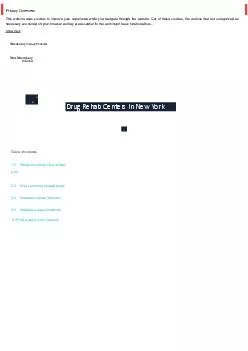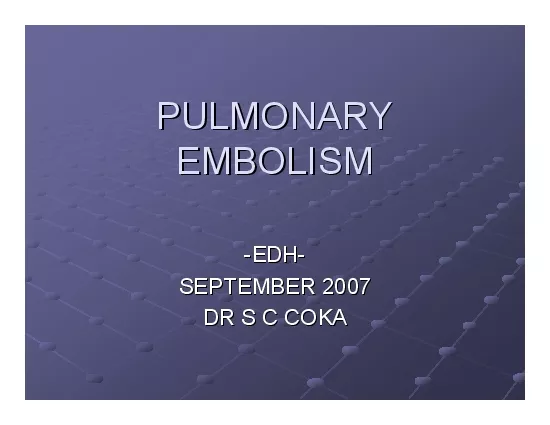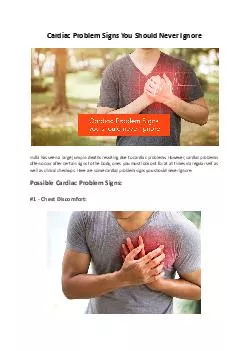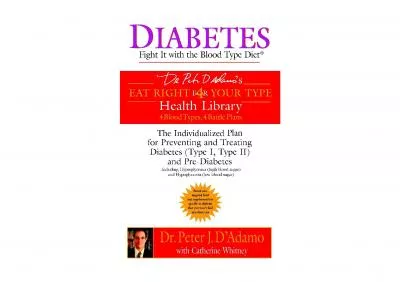PPT-Diabetes Education and the Cardiac/Pulmonary Rehab Patient
Author : test | Published Date : 2018-10-30
General Statistics Diagnosed and undiagnosed diabetes in the United States Total 291 million people or 93 of the population have diabetes Diagnosed 210 million
Presentation Embed Code
Download Presentation
Download Presentation The PPT/PDF document "Diabetes Education and the Cardiac/Pulmo..." is the property of its rightful owner. Permission is granted to download and print the materials on this website for personal, non-commercial use only, and to display it on your personal computer provided you do not modify the materials and that you retain all copyright notices contained in the materials. By downloading content from our website, you accept the terms of this agreement.
Diabetes Education and the Cardiac/Pulmonary Rehab Patient: Transcript
Download Rules Of Document
"Diabetes Education and the Cardiac/Pulmonary Rehab Patient"The content belongs to its owner. You may download and print it for personal use, without modification, and keep all copyright notices. By downloading, you agree to these terms.
Related Documents

